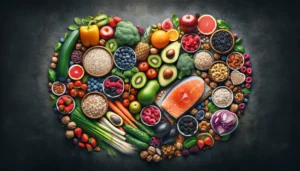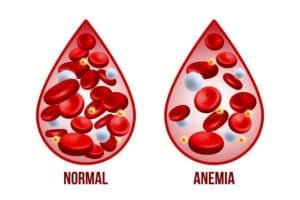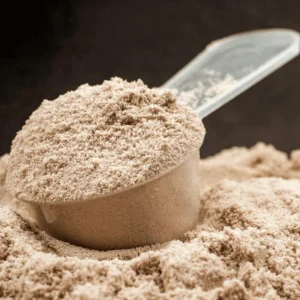Some yoghurts contain lots of sugar, but should we care?
Let’s start with the basics. It’s important to understand the difference between the different types of sugar. Free sugars are sugars that have been added to food or drinks, as well as sugars found naturally in honey, syrups, fruit juices and vegetable juices. Reducing our intake of these can be a healthy idea.
Ideally most people would keep their free sugar intake to less than 10% of their overall calorie consumption each day. For instance, adults eating a 2000 calorie diet would have no more than 50 grams of free sugars a day (12 teaspoons of sugar). The experts debated whether or not to bring this down to 6 tsp a day. Ultimately, they didn’t change the guidelines.
This sugar guideline DOES NOT APPLY TO THE SUGAR FOUND NATURALLY IN FRUIT, VEGETABLES, YOGHURT OR MILK. This is in capitals because it’s just that important. I’m not yelling at you, promise! The sugars naturally provided by healthy fruit, milk and natural yoghurt are protected within the cell walls of the plant and or delivered to our body alongside fibre or protein reducing the speed at which they are digested. That is why there is no limitation placed upon this type of sugar or research suggesting we could do with holding back.
Although there is naturally occurring sugar within a pot of yoghurt, when a yoghurt is flavoured there will often be sugar added to the yoghurt. The annoying thing is, it’s not always clear how much. Generally it’s about 1-3 teaspoons (tsp). Nonetheless, I did once see one that have about 5 tsp of sugar added.
For example, there could be 6 grams of sugar naturally found in plain yoghurt (usually 4 to 6g). Each tsp of added sugar increases this number by 4 grams. So, the ‘of which sugars’ at the back of the pack could be 10g if 1 tsp of sugar was added to every 100 grams of yoghurt. The ‘of which sugars’ could be 14 grams per 100g suggesting 2 tsp of sugar were added to every 100 grams of yoghurt.
Now, is this a big deal? Well, put it this way, considering the protein, calcium phosphorus, vitamin B2, vitamin B12 and iodine it’s offering, it’s still a super healthy choice. Whether or not the sugar content of the yoghurt is relevant depends on who’s eating it. and when they’re having it. If your yoghurt supplies 2 tsp of free sugar
- It’s not a big deal if you’re having the yoghurt instead of biscuits or something like that. After all, even a higher sugar yoghurt will be a healthier option than some biscuits or sweets
- It’s also not worth dwelling on if it’s the only way you will eat yoghurt. Eating some yoghurt, even if high in sugar, is better than eating no yoghurt at all.
- You need not be concerned if you require more than 2000 calories each day as you have a higher ‘sugar allowance’ (remember it’s 10% or less of your calorie intake). For every 160 calories your requirements climb, your sugar allowance grows by 1 tsp.
- It’s a bigger deal if you’re a child. A child aged 7 to 10 should aim for no more than 6 teaspoons of sugar while a child aged 4 to 6 should aim for no more than 5 teaspoons of sugar. Therefore, 2 teaspoons of free sugar added to a pot of yoghurt provides a bigger chunk of a child’s overall sugar allowance than a parent’s allowance.
- Then it may be a healthy choice for after a training session. After exercise, especially within 30 minutes of stopping, free sugars rush into the muscles to be stored for use at the next exercise session.
If you like unflavoured yoghurt it’s the better option. If you do want to sweeten it, perhaps chop in some fruit instead? I purposely haven’t discussed artificial sweeteners. I’ll touch on this again.
Ultimately, like all things nutrition, context matters. One food isn’t healthy or unhealthy, consider the whole diet instead.











